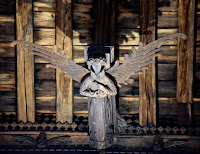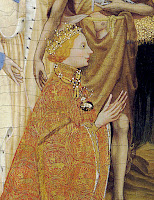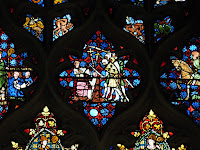The Luttrell Psalter: Decoding a Medieval Masterwork

Fascinating online lecture from the London Art History Society looking in detail at a 14th century psalter. Michelle Brown from the British Library introduced us to his amazing work commissioned by Sir Geoffrey Luttrell which includes unique illustrations in the margins reflecting the life and issues of the time. She took us through what a psalter was and how it would have been used by a family before taking us briefly though the history of the Luttrell’s and Geoffrey’s place in the events leading to the Wars of the Roses. We then looked in detail at the illustrations, what they meant and how they reflected the family. She concluded that the work shows a world in flux in troubled times.


















